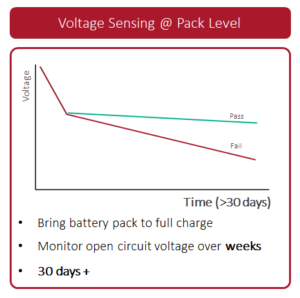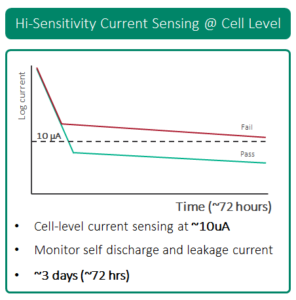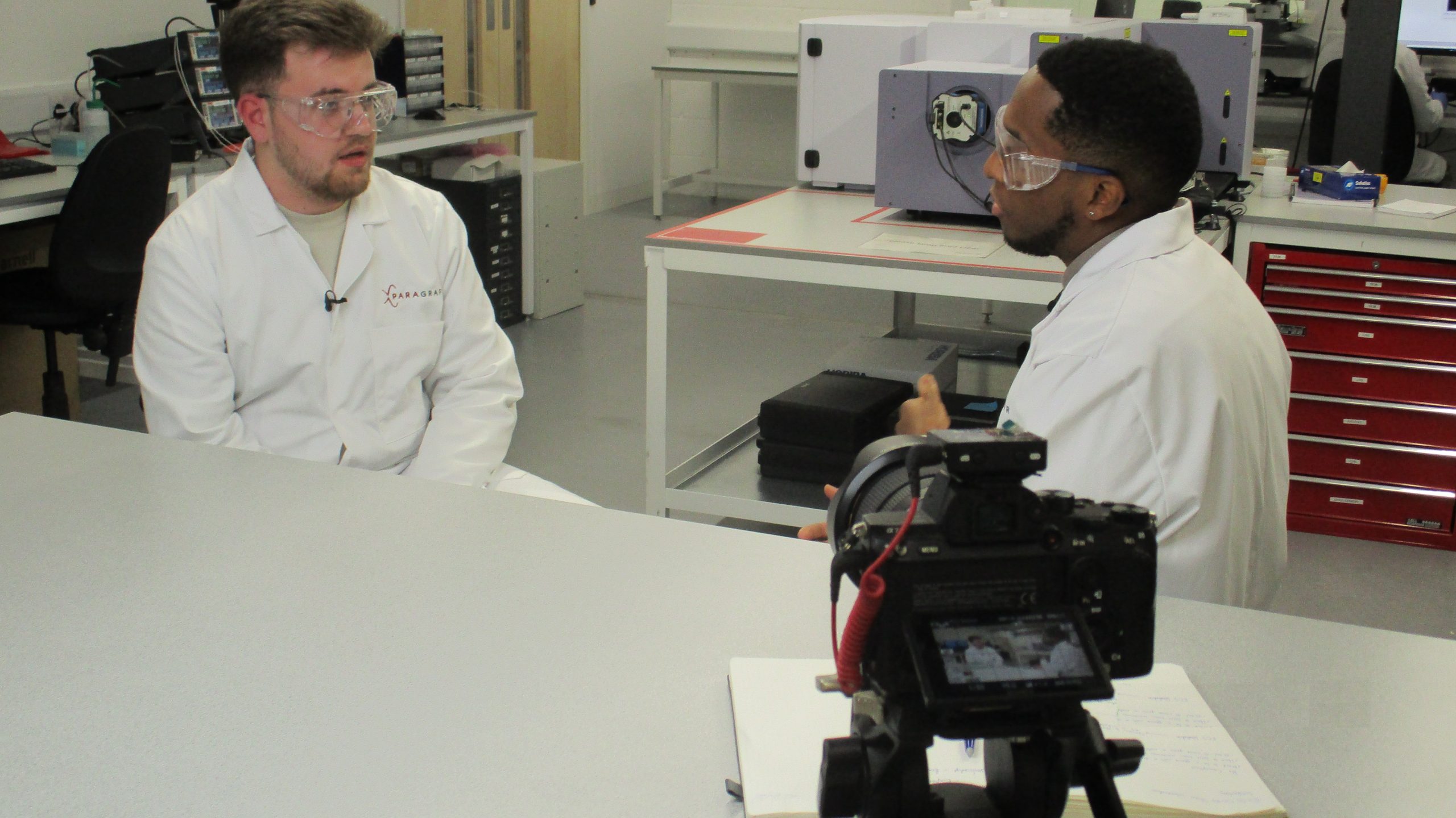
Electric vehicles (EV) represent an ever-increasing proportion of cars on the world’s roads. About 10.5 million EV were sold worldwide in 2022, a trend that represented a quintupling of 2018 sales[1]. With depleting oil reserves and government net-zero targets reducing demand for internal combustion vehicles, the upward trend in EV sales is certain to continue. Forecasts expect global EV market share to grow past 30 percent by 2030[2].
Environmental concerns are among the primary drivers of EV adoption, as the electric charge that powers EV is available from cleaner forms of energy than the CO2-expelling conventional car engines. Realizing those environmental benefits, though, relies on the EV batteries providing a long life for the vehicle.
Almost everything inside an EV, including the drivetrain, communication systems and comfort functions, is powered by the battery system. As such, an EV is only as good as its battery. EV battery systems weigh, on average, 1,000 pounds (~450kg), and form a substantial part of the vehicle’s structure, so they cannot be easily swapped out when a fault is discovered. One study estimates that EVs have an expected life on US highways of 15 years and 160,000+ miles travelled[3] but that long life is almost entirely dependent on the quality of the battery that is installed in the vehicle at the very beginning.
In our previous article about thermal propagation, we discussed how Paragraf graphene Hall sensors (GHS) are capable of real-time current sensing at the cell level. This in-use monitoring enables the vehicle’s battery management system (BMS) to identify faults before they escalate to potentially fatal – to the vehicle and its passengers – fire. We will now focus the next two blog posts on in-factory current sensor tests:
- Part 1 discusses pre-installation tests designed to identify faulty cells before they are deployed in an EV system.
- Part 2 will discuss end-of-life testing that determines whether battery cells can be repurposed or put back into service once they have reached the presumed conclusion of their effective lifetime.
Pre-installation current sensor tests
Why test batteries in the factory?
Thermal propagation and other EV battery faults begin when small problems in a battery cell (i.e., physical damage, issues with charging/discharging, extreme temperatures, internal shorts, etc.) are intensified by the constant flow of current through the cell. Many of those problems originate after the battery is installed and that is why in-use monitoring is important. For issues that result from defects in the construction of the battery, though, it is preferable to identify them before the battery is put into service.
Identifying faults that could lead to thermal events is important for safety. For economic and environmental reasons, it is also necessary to ensure that the battery elements being installed in an EV are healthy enough to forecast a long life for the system and vehicle.
Ideally, a well-designed and well-manufactured battery will store energy and only discharge that energy to power the vehicle. Of course, small imperfections are inevitable, and all batteries will experience some form of leakage. Unlike fluid leakage, which involves the contents escaping from the container, ‘leakage current’ is an internal phenomenon. Small ‘microshorts’ within a battery cell will cause internal currents, which slowly deplete the stored charge in a cell. The amount of current leakage a battery cell experiences correlates with a shorter battery lifespan.
How are in-factory current leakage tests conducted?

Currently, the process that manufacturers typically follow begins with fully charging the battery cell, then leaving it in a temperature-controlled environment and tracking how the voltage drops over time. Any reduction beyond a prescribed threshold would indicate a leakage current that would make the cell inappropriate for installing in an EV.
Even in cases where significant leakage current is an issue, the resulting voltage drop is very slow. Depending on the size of the battery, this process can take up to one month to reveal a leakage current problem.
How can Paragraf help?

Because the two-dimensional nature of the graphene sensing element in our sensors produces a cleaner, more-precise reading of the magnetic fields produced by the charging current, they can track current levels as low as 10s of µA with suitable field concentration. This allows our sensors to be employed in a new testing process, which will substantially reduce the time it takes to measure leakage current, expediting the process of getting quality battery cells out the door.
To initiate our leakage test, the battery is quickly charged at a high fixed current until it reaches its nominal “charged voltage” (i.e., somewhat short of a full charge but where internal microshorts will be activated). Enough current is applied to maintain this fixed voltage and the current level is measured as the battery reaches full charge. At full charge, the current level should diminish to 0; however, internal leakage will prevent that from happening. Tracking reduction of the current level will provide an accurate accounting of the leakage current.

Paragraf is already working with EV battery manufacturers to create bespoke solutions for ensuring quality and streamlining production. Please contact us to discuss how we can provide similar current-sensing solutions for your products and register to our mailing list so that you do not miss the follow up to this article, end-of-life, in-factory testing and future news.
[1]EV-Volumes – The Electric Vehicle World Sales Database
[2]Electric vehicle trends | Deloitte Insights
[3]Levelized Cost of Charging Electric Vehicles in the United States (cell.com)







